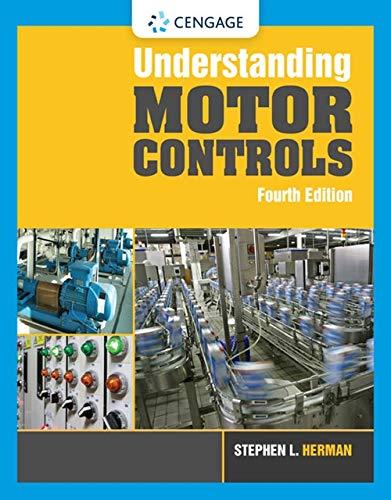
Concept explainers
The theoretical value for the saturation magnetization for gadolinium.
Answer to Problem 64AAP
The theoretical value for the saturation magnetization for gadolinium is
Explanation of Solution
Write the expression to calculate saturation magnetization for gadolinium
Here, magnetic moment is
Write the expression to calculate atomic density of the gadolinium.
Here, number of atoms per unit cell is
Write the expression to calculate volume of the unit cell for the gadolinium
Here, lattice constant of the unit cell is
Conclusion:
Since there are seven
Substitute
Substitute
The value of Bohr magneton
Substitute
Thus, the theoretical value for the saturation magnetization for gadolinium is
Want to see more full solutions like this?
Chapter 16 Solutions
Foundations of Materials Science and Engineering
- Engineering science Distinguish elastic, electrical and magnetic hysteresis in different Materials.arrow_forwardASAParrow_forwardA magnetic actuator is expected to operate at 400°C.a) Using a clearly labelled diagram, describe the effect of temperature onsaturation magnetization. b) From the table above, suggest a material that could be used to make themagnetic actuator. Explain.arrow_forward
- Consider a system of nonrelativistic electrons in a white dwarf star at a temperature of 10^9 K. Very roughly, what would be their density if the system is degenerate? How does this compare with typical electron densities in ordinary matter of about 1030 electrons/m3?arrow_forwardThe atoms of a material used as an insulator generally contain ___________ valence electrons.arrow_forward4. Fermi-Dirac statistics Develop an Excel sheet to numerically calculate the numbers of electrons with energies above the Fermi energy level EF = 5.5 eV in silver at 300 K and 1000 K, assuming EF does not change with temperature. m mm marrow_forward
- An ideal capacitor with a capacitance of 90.0 nF is charged up to a voltage of 3.00 V. (i) Calculate the magnitude of charge stored in the capacitor. (ii) Determine the potential energy stored in the capacitor. (iii) The capacitor is disconnected from the battery and is then inserted with a piece of mica of which the dielectric constant is 5.00. Compare the final potential energy to the initial potential energy in the capacitor.arrow_forwardWith the aid of diagram Define an electromagnet? Explain with the aid of diagram how electromagnetisms work? Explain with the aid of diagram what do you mean by right hand rule? Give some strength of electromagnetic fields. What do you mean by electromagnetic induction? Explain with the aid of diagram what is an electromagnetic wave? State the applications of electromagnetism.arrow_forward(c) Sketch the hysteresis loop of the B-H curve for a ferromagnetic material with proper labels at room temperature. (d) Calculate the electrical conductivity of a 6.0 mm diameter cylindrical silicon specimen of 60 mm long in which a current of 0.5 A passes in an axial direction. A voltage of 12.5 V is measured across two probes that are separated by 40 mm. i. Compute the electrical conductivity of the specimen. ii. Compute the resistance over the entire 60 mm of the specimen using the data in (i).arrow_forward
- 2. Calculate the room temperature saturation current and the forward current at 0.3V for a silver/n-doped silicon Schottky-type diode. Take for the active area 108m² and C=10¹⁹ A/m²K².arrow_forward10 cm 1.25 100 0.05 em 30 om 6.75 0.30 625 10 cm 00 1000 Magastaing inoway (A Ts 10 cm 30 cm- A two-legged magnetic core with an air gap is shown in Fig.1. The depth of is 5 cm, the length of the airgap is 0.08 cm, and the number of turns on the coil is 800. The magnetization curve of the core material is shown in Fig.2. The magnetic field density in air gap is 0.7 T. What is the total MMFin A-Turns required to magnetize both the iron core and airgap? Nas deasiy B(Tarrow_forward
 Understanding Motor ControlsMechanical EngineeringISBN:9781337798686Author:Stephen L. HermanPublisher:Delmar Cengage Learning
Understanding Motor ControlsMechanical EngineeringISBN:9781337798686Author:Stephen L. HermanPublisher:Delmar Cengage Learning
